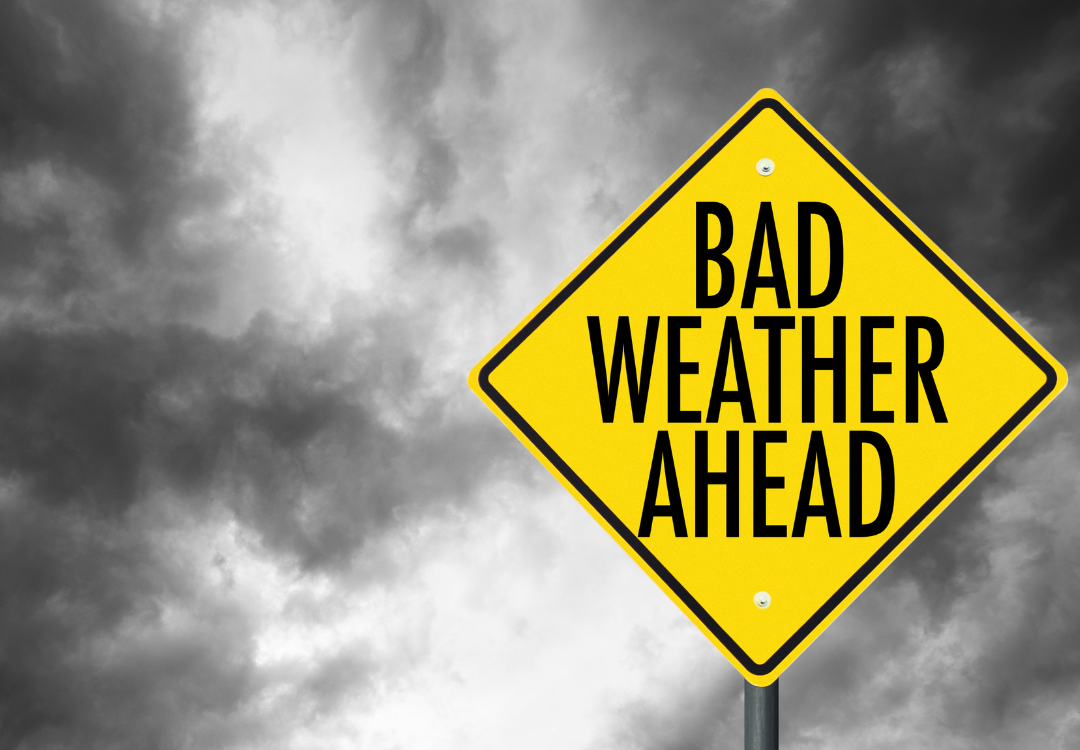It’s beginning to look a lot like winter

The summer of 2022 has gone down in the record books as the fourth hottest UK summer of daily average temperatures since records began in 1884, but there’s now been a significant drop in temperatures (though we’re pleased to report that the sunny weather is still going strong here in Edinburgh). The official start of winter is already approaching, meaning now is a perfect time to review your inclement weather policies and risk assessments. To get you off to a good start we’ve collected the three most common Health & Safety issues employers face in the colder months and listed these alongside our suggested approaches:
Staff lack weather safety awareness
Ensure you circulate your policies, risk assessments, and safe system of work for the attention of all employees. Your employees are responsible for wearing appropriate clothing, and footwear, suitable to weather conditions. *
Remind staff that they should promote safe driving by having up to date MOT, and it’s good practice for them to carry an emergency kit in case they face severe weather or accidents and delays.
Slips, trips and falls
These can be caused by wet leaves on the ground, ice or snow or water being tracked inside the workplace. If the walkways are not slip resistant when wet put down appropriate signage and slip-safe mats, and ensure the area is monitored regularly and cleaned as required on an ongoing basis. Remind staff to avoid using any shortcuts over grass or unpaved areas as these can be treacherous when wet.
To minimise water being tracked into buildings consider providing buckets for umbrellas at the entrance as well as absorbent slip-resistant mats.
Keep up to date with the weather so that when freezing temperatures are forecast you can warn staff and prepare; you can use grit to clear ice on walkways and divert walkers to these pathways. Remember to close off unsafe routes with cones if required! Remember that grit takes time to work, and will be washed away during heavy rain so you must monitor that the gritted areas are still safe.
Another cause is inadequate lighting; if there’s a hazard on the ground, could you and your staff see and avoid it? With nights now drawing in it’s a great idea to carry out a walk-around of your interior and any exterior areas to check your lighting, remembering that natural light varies throughout the day. Ask your workers to notify management or their H&S officer if they notice any lights out or if they have any concerns.
Working at height remains the biggest cause of deaths and major injuries in the workplace – if employees are working at height then they should be familiar with your risk assessments and understand the potential hazards as well as the increased risks due to wintery weather. For example, if they are up a ladder cleaning the gutters in wet or icy weather the surface the ladder is on may be very slippery, or if the ladder treads are worn down then wet weather could cause feet to slip and the person to fall.
Driving to work, or for work
In the event weather alerts advise that unnecessary travel should be avoided, ensure you’re your procedures are advertised to staff so they know who to contact and the next steps. If advice is not provided by the Met Office, and the conditions are poor or adverse, staff must use their own judgement in deciding on travelling.
In the event of an Amber Weather Warning for the area, review travel on a case-by-case basis. Staff must be prepared for last minute changes of plans such as the closing of the workplace and travel being paused. Keep up to date with guidance for the area and any travel disruptions that may stop your staff from getting home safely.
In the event of a Red Weather Warning for the area (and assuming the employees have non-critical emergency roles) then best practice would usually be to advise staff not to travel. The Red warnings are reserved for severe weather that is likely to cause loss of life and should be taken seriously.
*Where specific items have been identified in the risk assessments, then employers would have to provide this. For example, if employees are working outdoors, then employers would have to supply appropriate warm clothing and footwear. However, if the workplace is a place such as an office and the risk of slips would be when walking from the car park, then they wouldn’t have to provide footwear, but would have to keep the car park clear of snow and ice.
Get in touch with us to discuss your processes and procedures to keep your employees safe throughout the winter.
Our content is correct at the date of publishing, but should not be taken as legal advice, and our articles don’t replace Risk Assessments. Armour will not be held accountable for any legal actions the reader may take.

